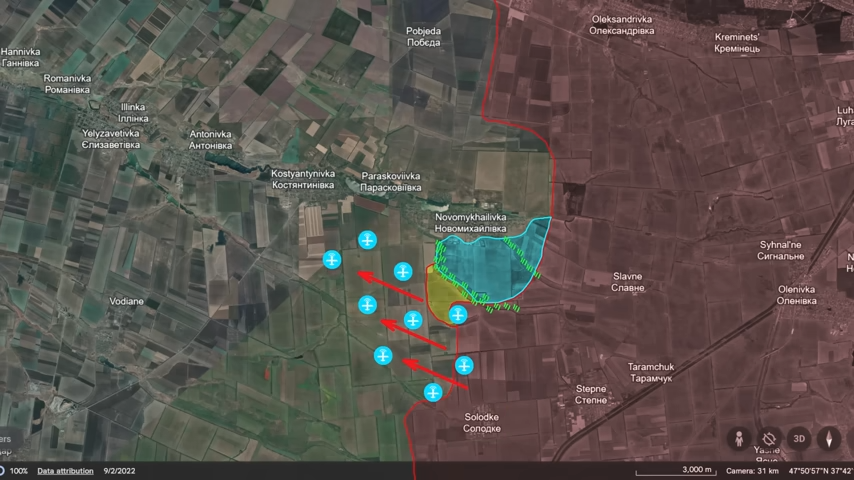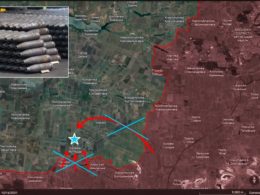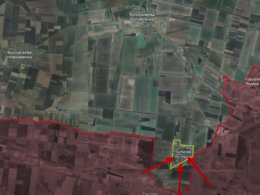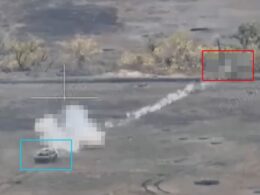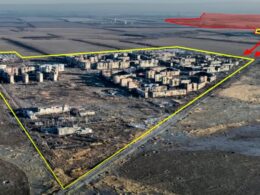Today, there are many updates about the battle near Vuhledar. However, more information has become available about the combined strike on Crimea. Russian sources reported that Ukrainians tricked the Russian air defense system by first launching decoy rockets.
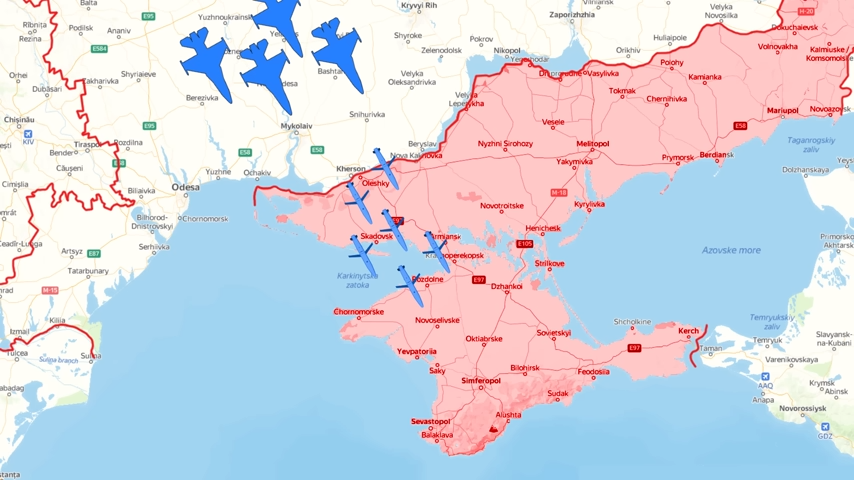
Once the Russian air defense began engaging these and revealed their positions, Ukrainians launched anti-radar HARM rockets designed to home in on active radar signals and destroy them.
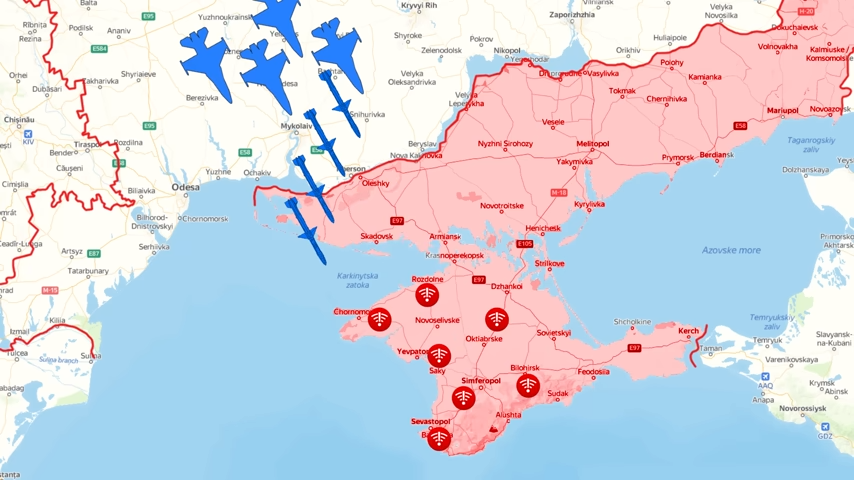
This forced the Russians to either turn off their radars or attempt to intercept the rockets before they could take out the radars. For the Ukrainians, the outcome was beneficial regardless of the Russian decision—the air defense was occupied, creating an ideal moment to launch Storm Shadow missiles.

A Ukrainian Air Force Spokesman stated that, based on the eulogies of Russian soldiers and other reports, at least three aircraft and two facilities with personnel were destroyed, including Russian General Oleksandr Tatarenko.
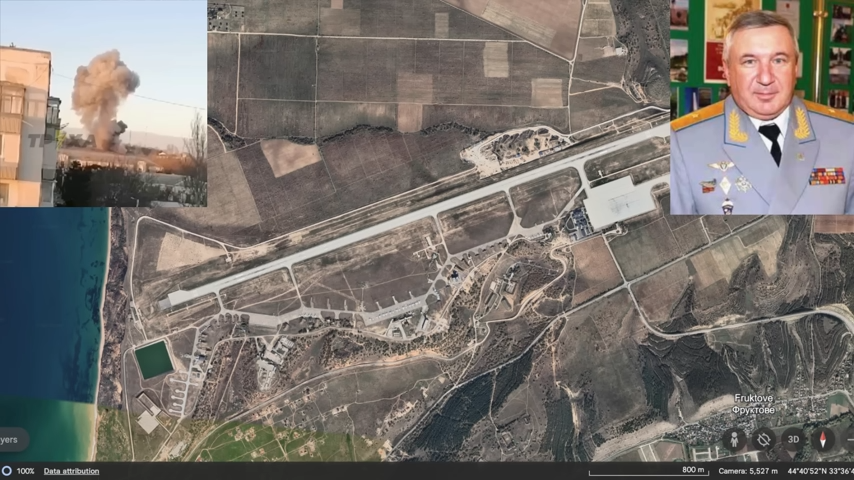
In addition, Ukrainians conducted a simultaneous marine drone strike on the Russian Fleet, successfully hitting a Russian missile carrier with three drones, causing it to sink.
Intel chief: Ukraine used six Magura V5 surface drones to sink Russia’s Ivanovets missile corvette
This massive and successful combined strike sparked significant discontent within the Russian media space. Russian analysts criticized the overpraised S-400 air defense systems, which were supposed to create an “iron dome” over Crimea, and the failure to protect radars and military objects.
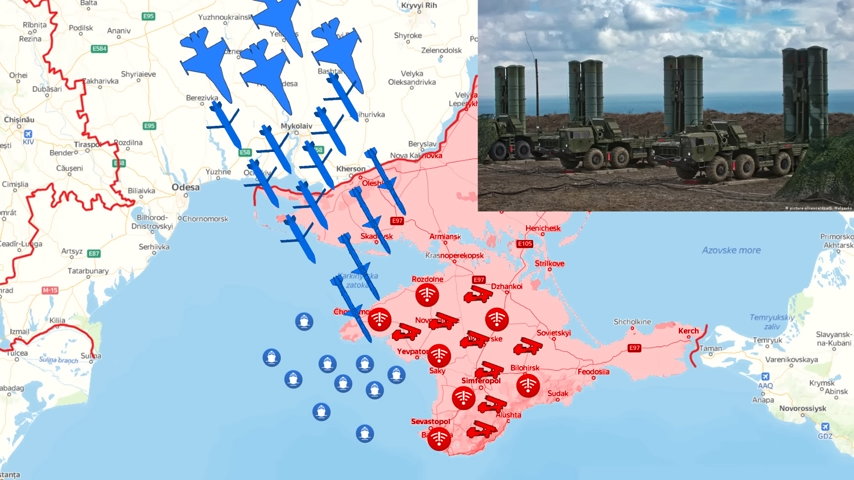
Concern among Russian analysts also arose from the disastrous offensive operation near Vuhledar, a location notorious for the complete destruction of multiple Russian brigades without gaining any territory.

In the latest offensive, Russian forces attempted a new strategy to bypass Vuhledar from the north, targeting Novomykhailivka.
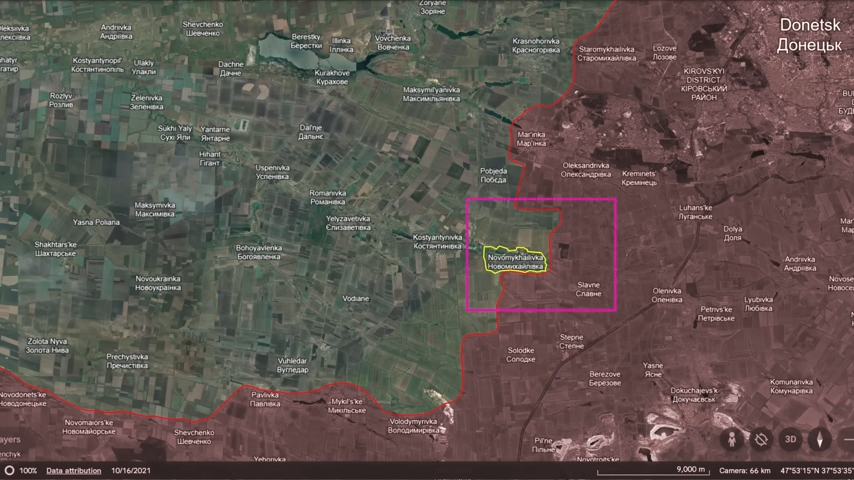
The operation began with demining and attacking Ukrainian strongpoints around the settlement. Initially, Russian forces saw some success on the southern flank, due to the absence of strong Ukrainian positions. A small river and swamps created natural obstacles, but the main Ukrainian defense was located in front of the village, including two farms, a cemetery, and main road intersections.
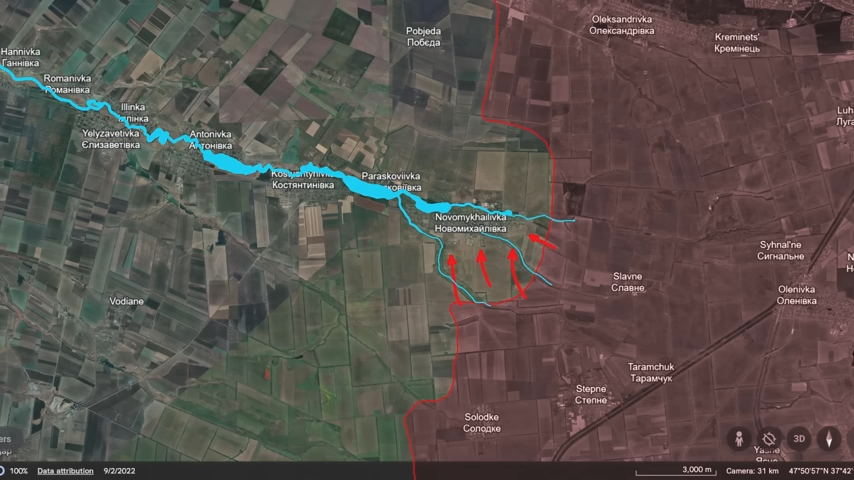
Using three settlements under their control, Russian forces launched mechanized attacks from all sides, pushing Ukrainians back to their main defense line.
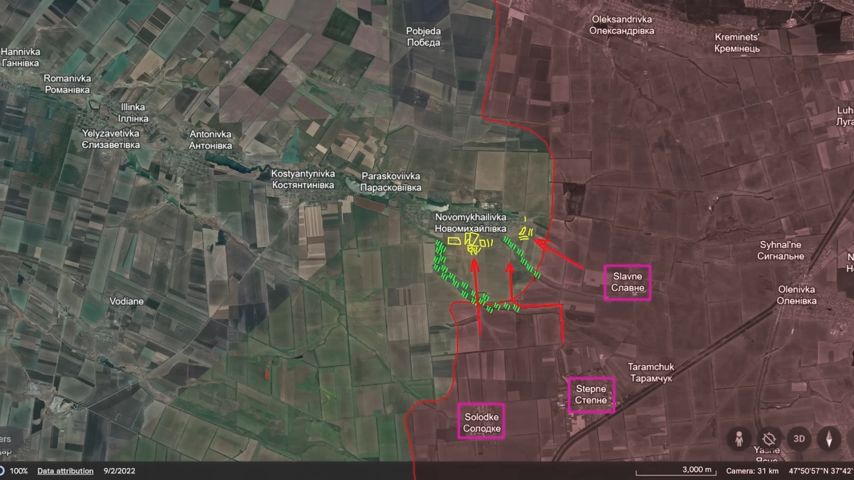
The battle for Novomykhailivka intensified as Russians reached the outskirts. However, with Russian forces lagging on the northern flank, success depended on breaking through from the south and severing Ukrainian supplies.
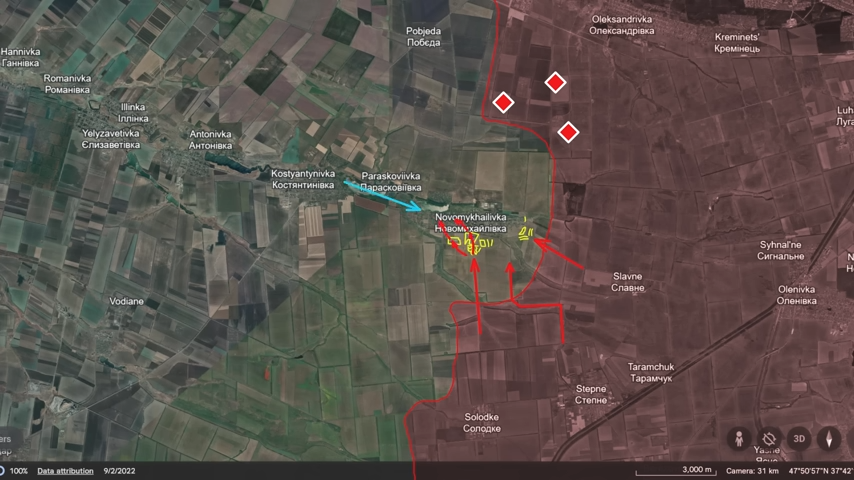
Despite gaining some ground and preparing for a storm, Russian advances were halted by Ukrainian defenses, and the 79th Airmobile Brigade conducted counterattacks, pushing the front line back over two kilometers and forcing a Russian retreat to positions south of the swamp.
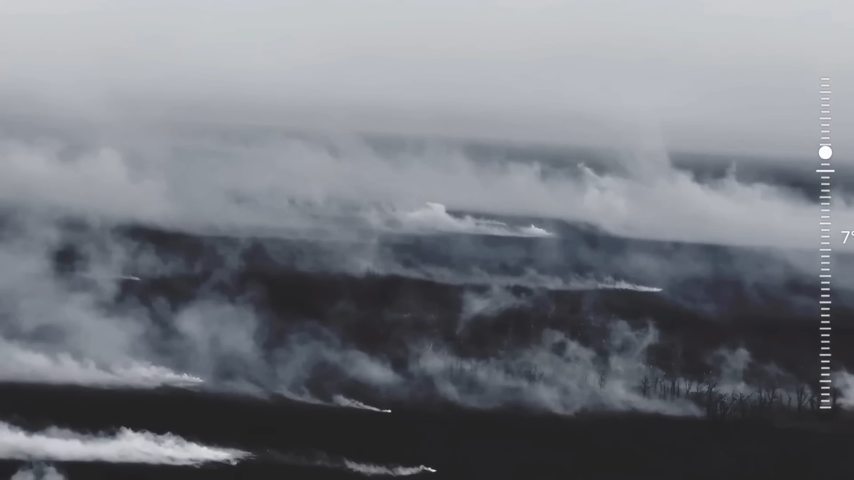
The only positions the Russians managed to maintain were south of the swamp. They decided to use the natural obstacle of the swamp as a shield against potential Ukrainian flank attacks and to expand westward. The Russians formed a powerful assault unit comprising 4 tanks, 10 armored fighting vehicles, and approximately 150 soldiers, and launched an attack. Unfortunately for Russians, Ukrainians ambushed the column with drones.
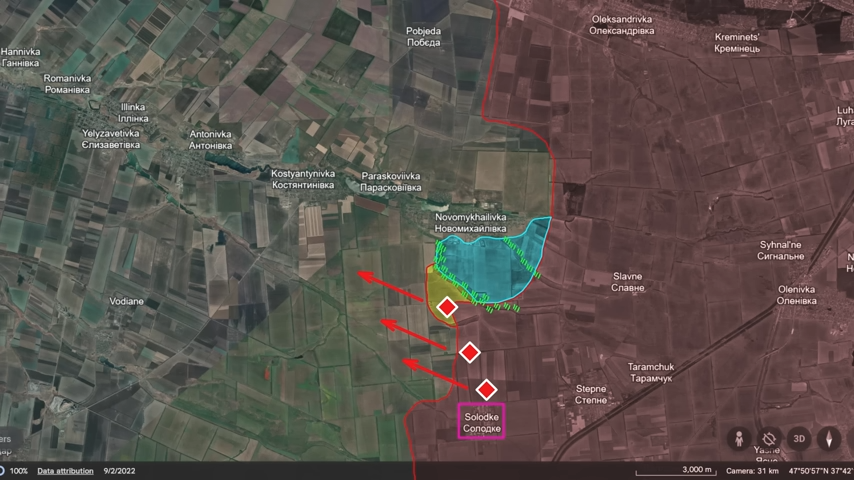
The Ukrainian General Staff reported that in this attack alone, Russian forces lost two tanks and seven armored fighting vehicles. These disastrous operations led to severe criticism of the Russian military command for underestimating drone warfare and highlighted the canalizing effect of Ukrainian minefields on Russian movements, further showcasing the Russian military command’s ineptitude.
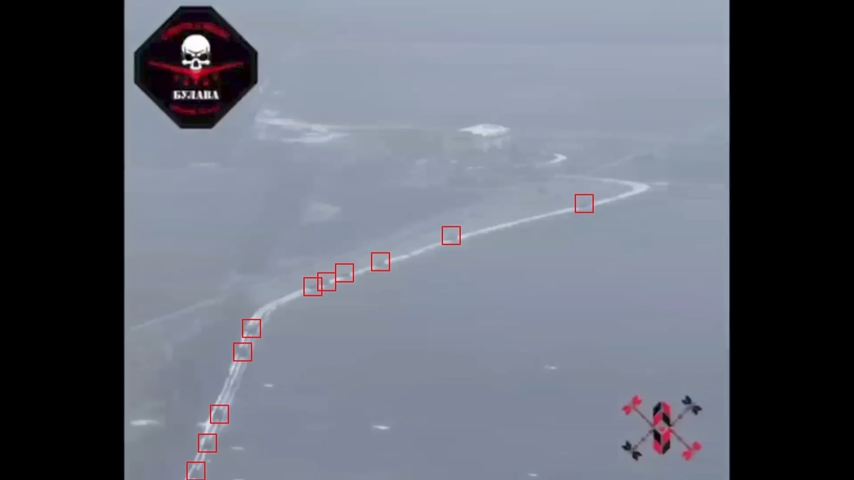
In our daily frontline report, we pair up with the military blogger Reporting from Ukraine to keep you informed about what is happening on the battlefield in the Russo-Ukrainian war.




